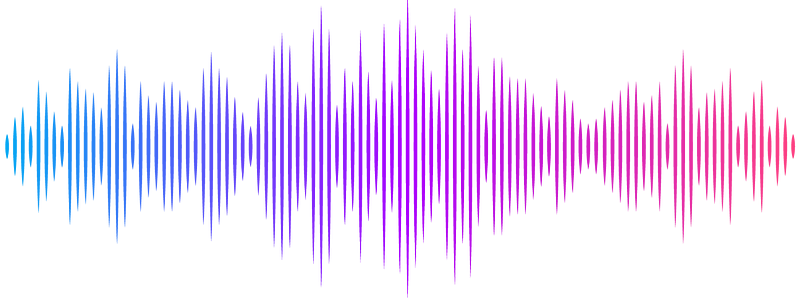Changes in Cerebrospinal Fluid Proteins across the Spectrum of Untreated and Treated Chronic HIV-1 Infection

Changes in Cerebrospinal Fluid Proteins across the Spectrum of Untreated and Treated Chronic HIV-1 Infection
Hu, Z.; Cinque, P.; Dravid, A.; Hagberg, L.; Yilmaz, A.; Zetterberg, H.; Fuchs, D.; Gostner, J.; Blennow, K.; Spudich, S.; Kincer, L.; Zhou, S.; Joseph, S. B.; Swanstrom, R.; Price, R. W.; Gisslen, M.
AbstractUsing the Olink Explore 1536 platform, we measured 1,463 unique proteins in 303 cerebrospinal fluid (CSF) specimens from four clinical centers that included uninfected controls and 12 groups of people living with HIV-1 infection representing the spectrum of progressive untreated and treated chronic infection. We present three initial analyses of these measurements: an overview of the CSF protein features of the sample; correlations of the CSF proteins with CSF HIV-1 RNA and neurofilament light chain protein (NfL) concentrations; and comparison of the CSF proteins in HIV-associated dementia (HAD) and neurosymptomatic CSF escape (NSE). These reveal a complex but coherent picture of CSF protein changes that includes highest concentrations of many proteins during CNS injury in the HAD and NSE groups and variable protein changes across the course of neuroasymptomatic systemic HIV-1 progression, including two common patterns, designated as lymphoid and myeloid patterns, related to the principal involvement of their underlying inflammatory cell lineages. Antiretroviral therapy reduced CSF protein perturbations, though not always to control levels. The dataset of these CSF protein measurements, along with background clinical information, is posted online. Extended studies of this unique dataset will provide more detailed characterization of the dynamic impact of HIV-1 infection on the CSF proteome across the spectrum of HIV-1 infection, and further the mechanistic understanding of HIV-1-related CNS pathobiology.
